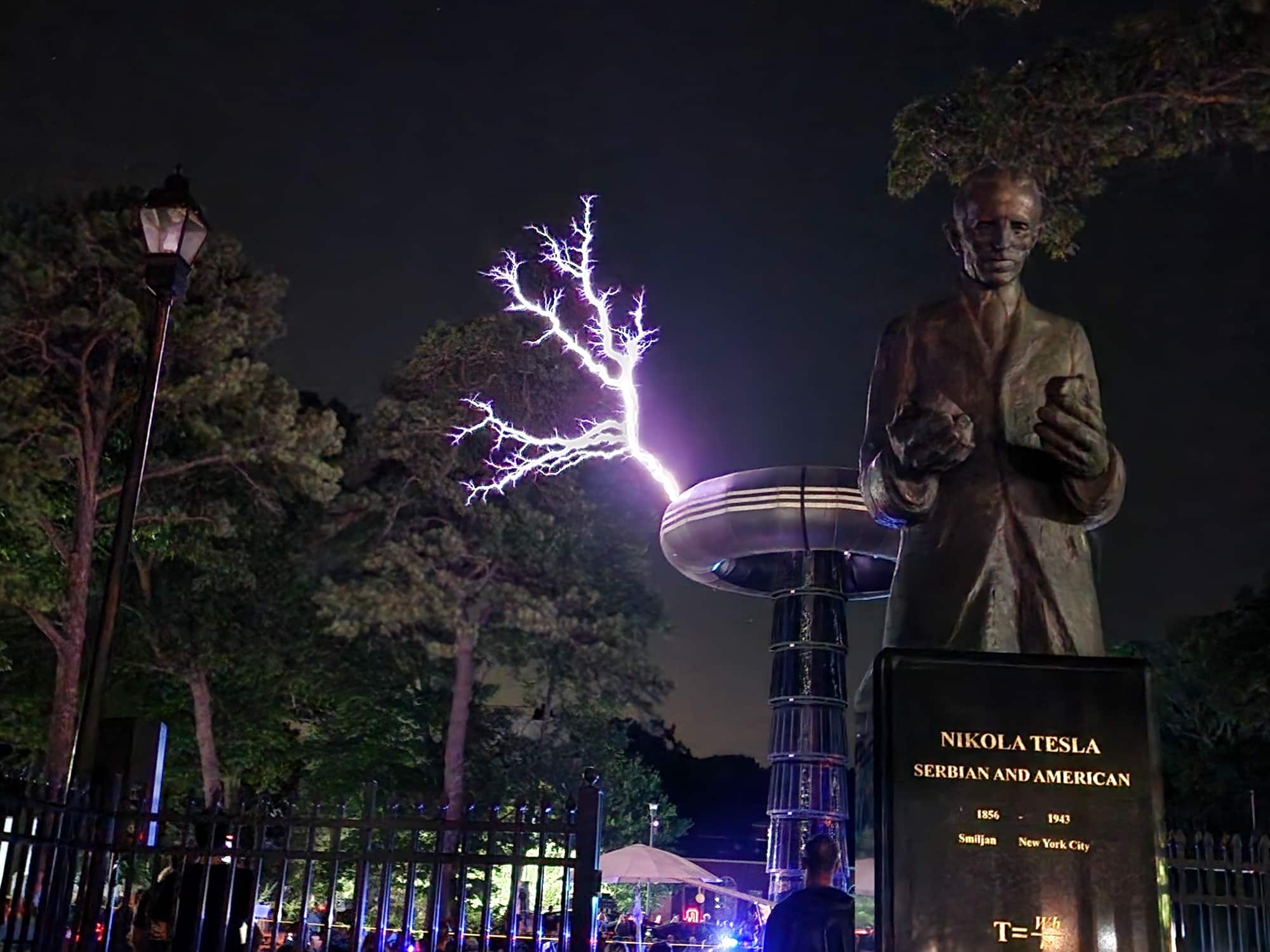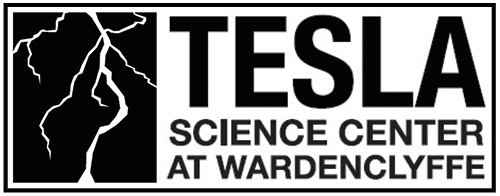Nikola Tesla Inventions

The Inventions of Nikola Tesla
Nikola Tesla’s inventions fundamentally shaped our modern world by revolutionizing how we generate, transmit, and use electricity, and his technological breakthroughs laid the foundation for many aspects of our daily lives. His most significant inventions include:
- Alternating Current Power Systems
- The Development of Radio
- The Tesla Coil
- Fluorescent and Neon Lighting
- The Hydroelectric Power Plant at Niagara Falls
- Remote Control
- Tesla Turbine
- The “Teleforce”
Alternating Current Power Systems (1887)
One of Tesla’s most significant inventions was the development of the Alternating Current (AC) power system. Before Tesla, the existing Direct Current (DC) system, supported by Thomas Edison, had very limited use in power distribution. Tesla did not invent alternating current – that work began with Michael Faraday’s early experiments in the 1830s – but Tesla revolutionized its application with the rotating magnetic field. This led to the development of a practical system of AC power, including the AC induction motor (1887) and the polyphase AC system (1888), inventions which made it possible to efficiently transmit power over long distances and thus power entire cities. Tesla’s AC technology is still the standard for power generation and distribution worldwide, enabling the electrification of homes, industries, and cities around the world.
The Development of Radio (1897)
Nikola Tesla’s experiments with wireless transmission in the 1890s laid the groundwork for the world-changing technology of radio transmission. Guglielmo Marconi, initially credited with inventing the radio, received a patent in 1904 for his radio transmission system, earning him the Nobel Prize in Physics. But Tesla’s patents predated Marconi’s work: Tesla had filed key patents regarding radio transmission as early as 1897, with patents granted in 1900 (U.S. Patent Nos. 645,576 and 649,621). These patents covered fundamental aspects of wireless communication, including the use of tuned circuits for transmitting and receiving radio waves.
After a fierce, decades-long legal battle, the Supreme Court formally recognized Tesla’s earlier patents covering the fundamental principles of radio transmission, invalidating Marconi’s patents. In June 1943, almost five months after Tesla’s death, the U.S. Supreme Court ruled in favor of Tesla. Today, Tesla is recognized as a true pioneer of radio.
The Tesla Coil (1891)
The Tesla Coil, a high-voltage transformer circuit capable of producing high-frequency alternating current (AC), was foundational for many of Tesla’s wireless power experiments and is still used today in radio technology, neon lighting, and education.
Fluorescent and Neon Lighting (1893)
Tesla developed early versions of fluorescent and neon lights, using high-frequency electricity to create light without the use of a filament. He demonstrated these lights at the World’s Columbian Exposition in Chicago in 1893.
The Hydroelectric Power Plant at Niagara Falls (1895)
In collaboration with George Westinghouse, Tesla’s work led to the successful implementation of AC power at Niagara Falls and the development of the world’s first major hydroelectric power plant. This marked a pivotal moment in the worldwide adoption of Tesla’s electrical innovations and was a great milestone in his life and his career.
Remote Control (1898)
Tesla invented the world’s first remote-controlled device, a small boat operated via radio waves. He demonstrated this boat at a famous exhibition at Madison Square Garden, demonstrating the potential of wireless technology and laying the groundwork for modern robotics and drones.
Tesla Turbine (1909)
The Tesla Turbine, also known as the bladeless turbine, used a series of smooth, parallel disks to harness fluid dynamics for mechanical power. While it did not gain widespread use in Tesla’s time, it remains a subject of interest for its innovative design and potential applications.
The “Teleforce” (1930s)
In his later years, Tesla discussed the development of a particle beam weapon, called the “Teleforce” or “Death Ray.” A pacifist by nature, he felt, particularly in the context of the devastation of World War II, that such a device could provide a protective shield for citizens or even destroy aircraft and military targets. Although it was never built, the concept influenced later research into directed-energy weapons.
Among his other technological pursuits, Tesla made pioneering contributions to the field of X-ray technology (which he called “Shadowgraphs”), conducting independent experiments and helping shape the early development of this field.
Nikola Tesla’s visionary thinking and relentless pursuit of innovation have made him one of the most influential inventors in history, and his ideas were foundational to the development of modern electrical engineering, wireless communication, and renewable energy.




